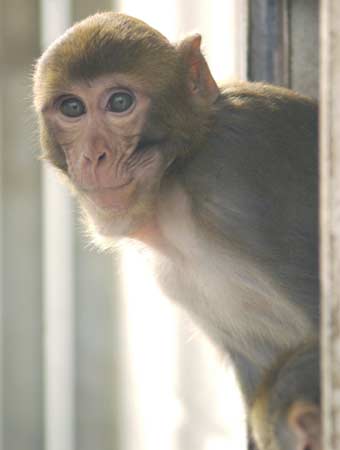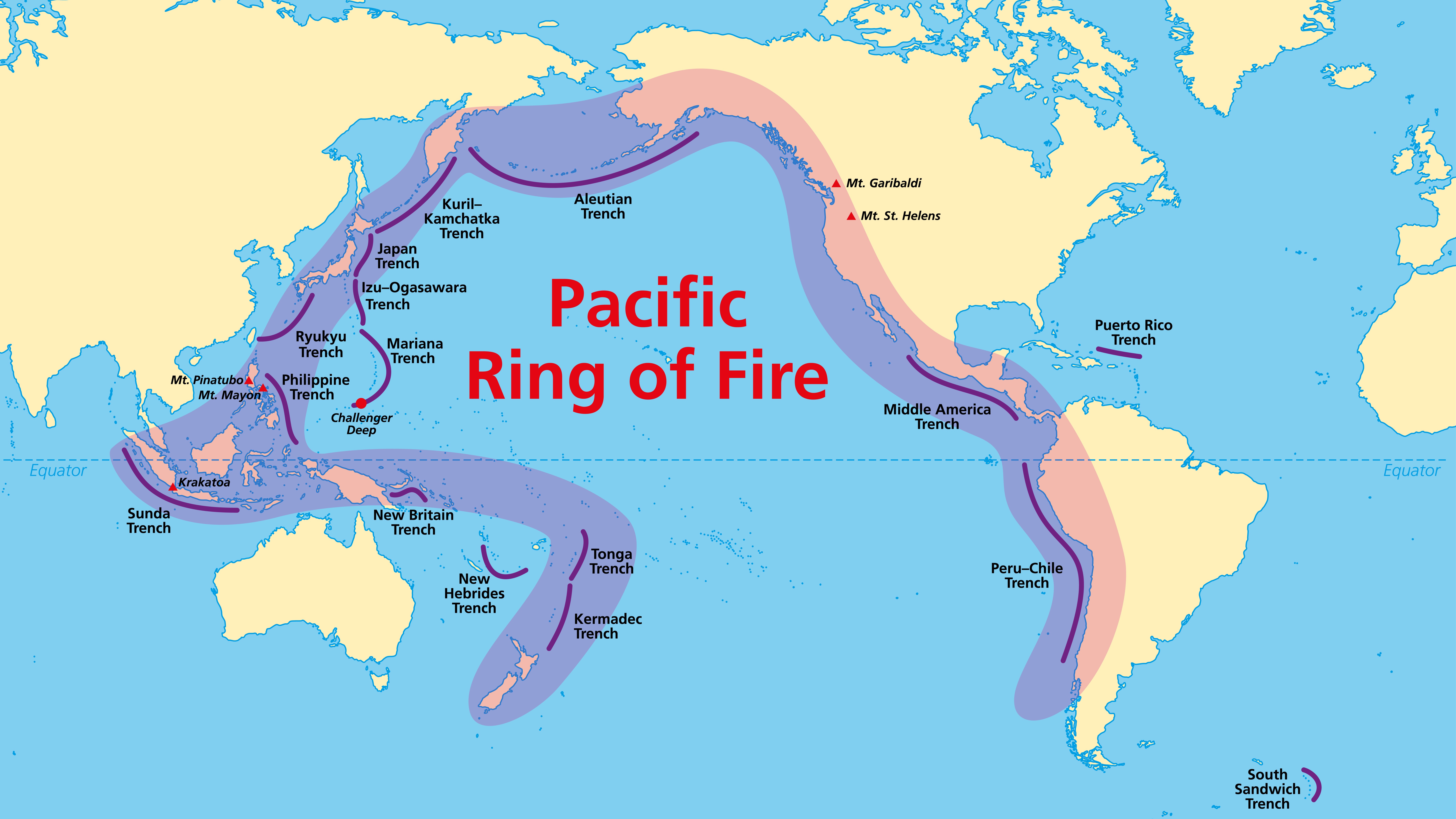Monkey See, Monkey Really Do

The old adage "monkey see, monkey do" applies not only to mimicking movements, but also to following gaze — monkeys quickly look in a particular direction if they see other monkeys looking that way.
Now, scientists think they have found the area of the brain responsible for this mirroring behavior.
Neurons in the lateral intraparietal area (LIP), a part of the brain associated with attention, fired both when monkeys looked in a particular direction and when they saw pictures of other monkeys looking in that same direction, said researchers at Duke University Medical Center in North Carolina.
This finding suggests that controlling one's attention and interpreting someone else's attention may involve the same neurons. The finding likely applies to humans because our brains are so similar to those of monkeys, and "the same brain areas have reacted in people and in monkeys in gaze-following studies [using brain imaging]," said Michael Platt, a Duke professor and senior author of the study.
Past studies have identified "mirror" neurons — brain nerves that respond when a monkey makes a certain movement and when it sees another monkey doing the same motion. (Again, it is assumed that these neurons also exist in humans.) But this study is the first to find possible mirror neurons for gaze.
The work was published online in the journal Proceedings of the National Academy of Sciences on May 18.
Scientists think that gaze-following is important for helping social bonding and improving learning in both humans and monkeys. Defects in the neural mechanisms behind this behavior might play a role in social disorders such as autism.
Get the world’s most fascinating discoveries delivered straight to your inbox.
Macaque monkeys in the experiment were first shown an image of a macaque looking to the right or to the left. Then, a yellow box was presented on either the right or left side of the image. The monkeys had to shift their focus from the central image to the box as fast as possible in order to acquire a juice reward. The monkeys usually looked towards the box if they had just seen a picture of a primate staring in the same direction.
The monkeys also sometimes looked in the same direction as the projected image instead of glancing towards the box, demonstrating the strong desire to follow another's stare.
About 28 percent of the recorded LIP neurons were affected by the gazing cues, according to the study. The scientists note that other parts of the brain may also be responsible for gaze following.
This work was funded by the National Institutes of Health, Autism Speaks/National Alliance for Autism Research, and others.
- Video: Scientists Expand Chimps Minds
- Monkeys Ponder What Could Have Been
- Video: Clever Primates

